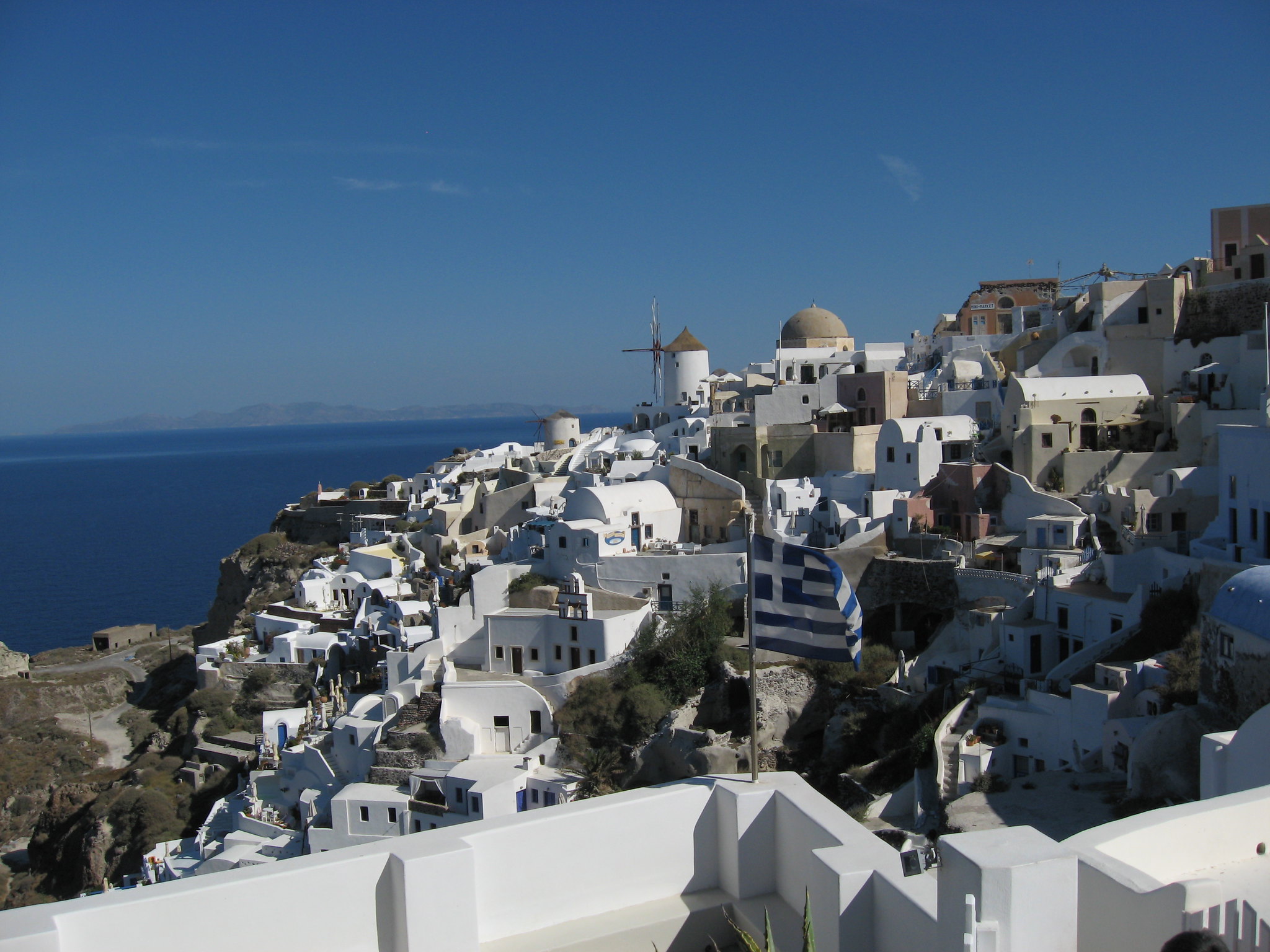The Most Innovative Things Happening With Things To Do In Oia
The archaeologist's pickaxe begun discovering Santorini's interesting history in the mid-19th century, when the volcanic Thiran earth was excavated for usage in the building and construction of the Suez Canal. It was then that the very first traces of an ancient settlement emerged. The very first buildings of the Prehistoric-era were isla santorini discovered in 1866. French and German archeologists continued the research study. It was the Greek archeologist Spyridon Marinatos, a professor at the University of Athens, who conducted the most crucial excavations.
These excavations, which began in 1967, were based upon a strong theory that Marinatos initially recommended in 1939. According to this theory, the eruption of the Santorini volcano happened in c. 1500 BC, burying an ancient city under lots of ash, while concurrently creating the collapse of the Minoan palaces in Crete.
Excavations uncovered a wonderfully preserved Bronze Age city, which validated this element of Marinates' theory.

Excavations carried out over the past 15 years and the dating of discovers from prehistoric santorini greece villas Thira by clinical techniques show that the eruption occurred much earlier, around 1050 BC. The collapse of the Minoan palaces 2 centuries later can no longer be linked to the eruption of the Thira volcano.

The earliest evidence of human settlement in the area is traced back to the Early Bronze Age, in the mid-3rd millennium BC. Artifacts found in Akrotiri show that Santorini had contact with Minoan Crete as well as mainland Greece throughout the Middle Bronze Age (1900- 1 600 BC).
The city of Akrotiri was ruined by the excellent eruption. It appears that this was preceded by smaller sized eruptions that triggered citizens to depart ahead of time, taking with them their most important ownerships. One can likewise deduce this from the reality that no human or animal skeletons or important things have actually been found on the island.
After the catastrophe, 2 to 3 centuries passed before the island was re-inhabited.
The Phoenicians, who settled in the island around 1300 BC, called it Calliste ("The Majority Of Gorgeous") due to the fact that of its remarkable natural charm. in the late 12th c. BC, the Spartans, led by Thiras, arrived on the island and altered its name from Calliste to Thira.
In Hellenistic times Thira was the naval base of the Ptolemies. During the Byzantine period the island's population diminished. Thira was given to Nicolas Sanudo, Duke of Naxos, in 1335, and to the Ottomans in 1566.
In the 18th century, with pirate incursions in the region all however beach club santorini ceasing, Santorini started to show Significant expansion in agriculture, shipping and trade.
The museum that houses the work of arts of ancient Thira was inaugurated with great fanfare in the summer season of 2000 at Fira.
The 600 square meter second floor displays discovers dating from the late Neolithic duration (fifth millennium BC) to the 1 7th c. https://agreekadventure.com/shay-mitchells-greek-video-between-mykonos-and-santorini BC from Akrotiri and other ancient sites on the island. The exhibits are arranged into 4 systems according to cutting edge museological approach.
The first unit, titled "The discovery of an archeological site" informs visitors about the excavations at Akrotiri. It likewise presents the theory of athens to santorini Greek archeologist Spyridon Marinades that the eruption of the Santorini volcano was what caused the collapse of Minoan civilization on Crete.
The second, smaller unit on the geology of Thira documents with comprehensive maps and charts the volcanic activity that slowly formed what is now Thira, Thirasia, Palaia Kameni and Nea Kameni. The fossils displayed in this system are proof of the reality that the Mediterranean climate 50,000 years back was not much different from what it is today.